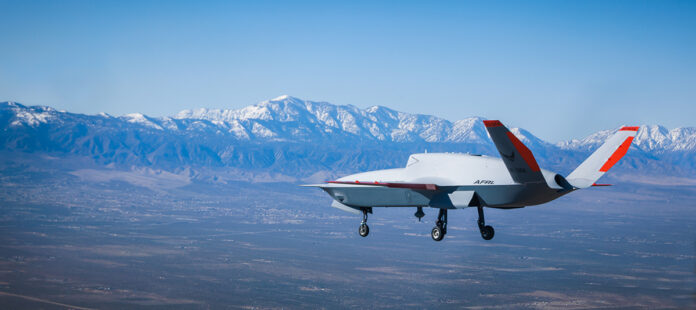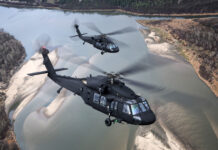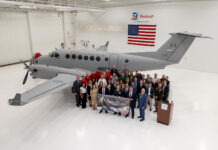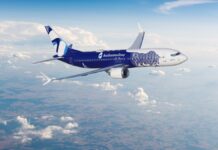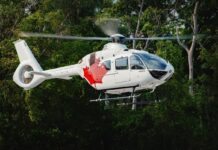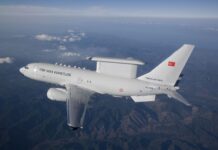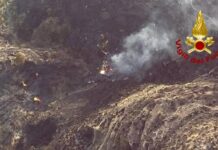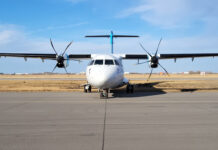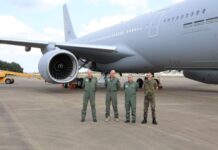The Air Force Research Laboratory’s Aerospace Systems Directorate successfully flew the XQ-67A, an Off-Board Sensing Station, uncrewed air vehicle Feb. 28, at the General Atomics Gray Butte Flight Operations Facility near Palmdale, California.
The XQ-67A is the first of a second generation of autonomous collaborative platforms. Following the success of the XQ-58A Valkyrie, the first low-cost uncrewed air vehicle intended to provide the warfighter with credible and affordable mass, the XQ-67A proves the common chassis or “genus” approach to aircraft design, build and test, according to Doug Meador, autonomous collaborative platform capability lead with AFRL’s Aerospace Systems Directorate. This approach paves the way for other aircraft “species” to be rapidly replicated on a standard genus chassis.
“This approach will help save time and money by leveraging standard substructures and subsystems, similar to how the automotive industry builds a product line, from there, the genus can be built upon for other aircraft — similar to that of a vehicle frame — with the possibility of adding different aircraft kits to the frame, such as an Off-Board Sensing Station or Off-Board Weapon Station.”
Doug Meador, autonomous collaborative platform capability lead with AFRL’s Aerospace Systems Directorate
This new approach also responds to the challenge of Great Power Competition by speeding delivery of affordable, advanced capability to the warfighter.


